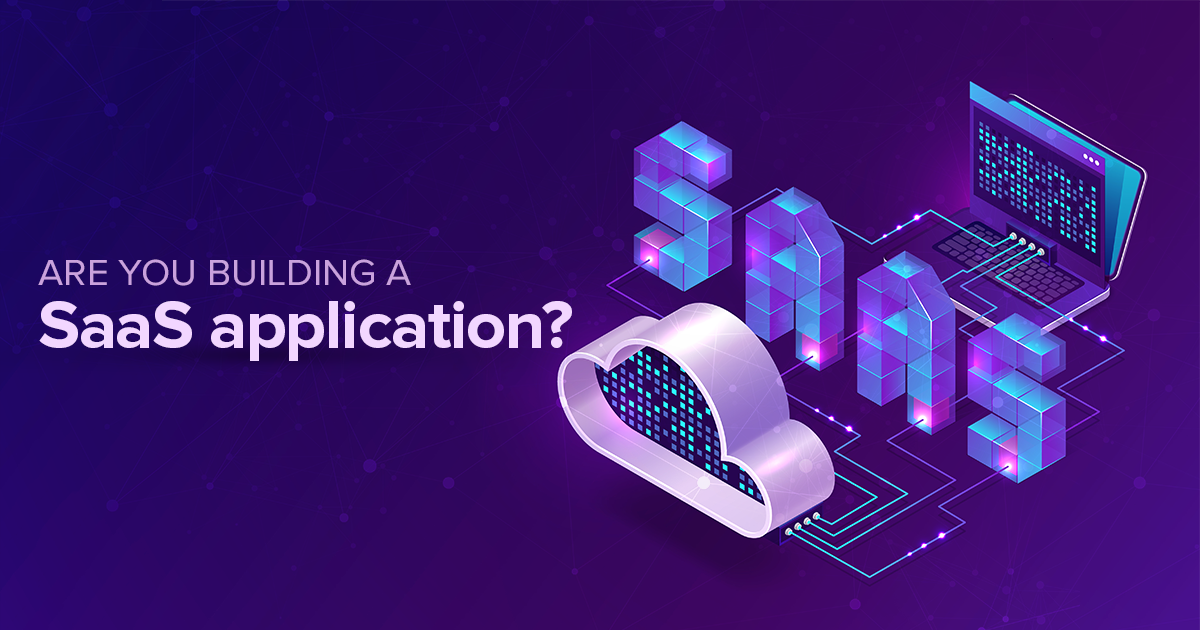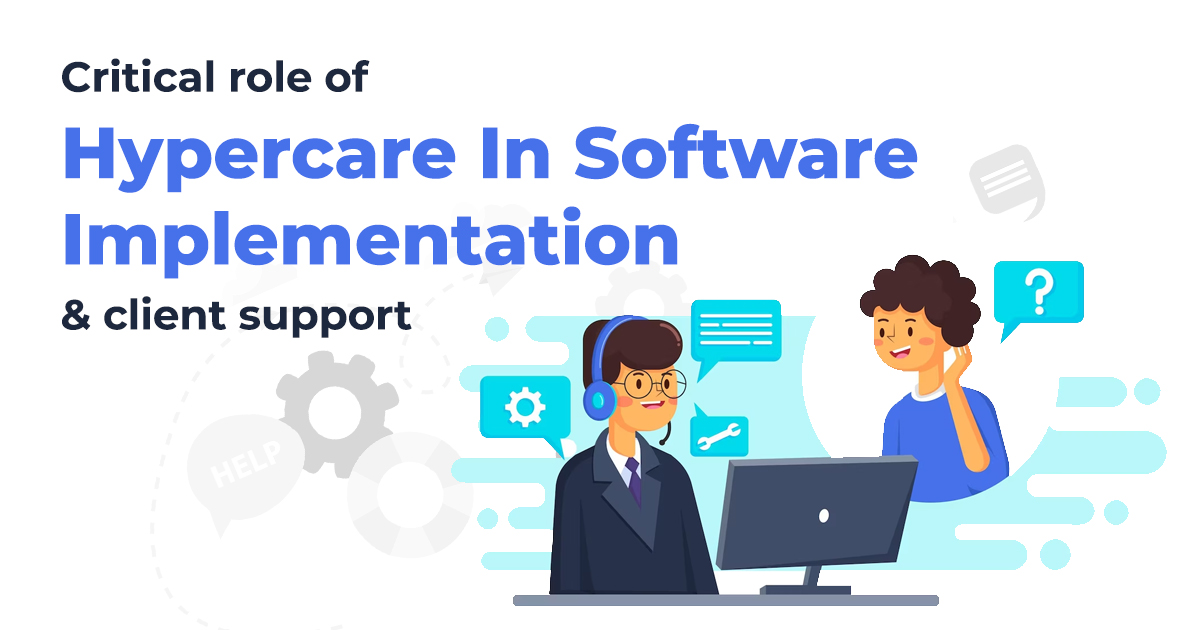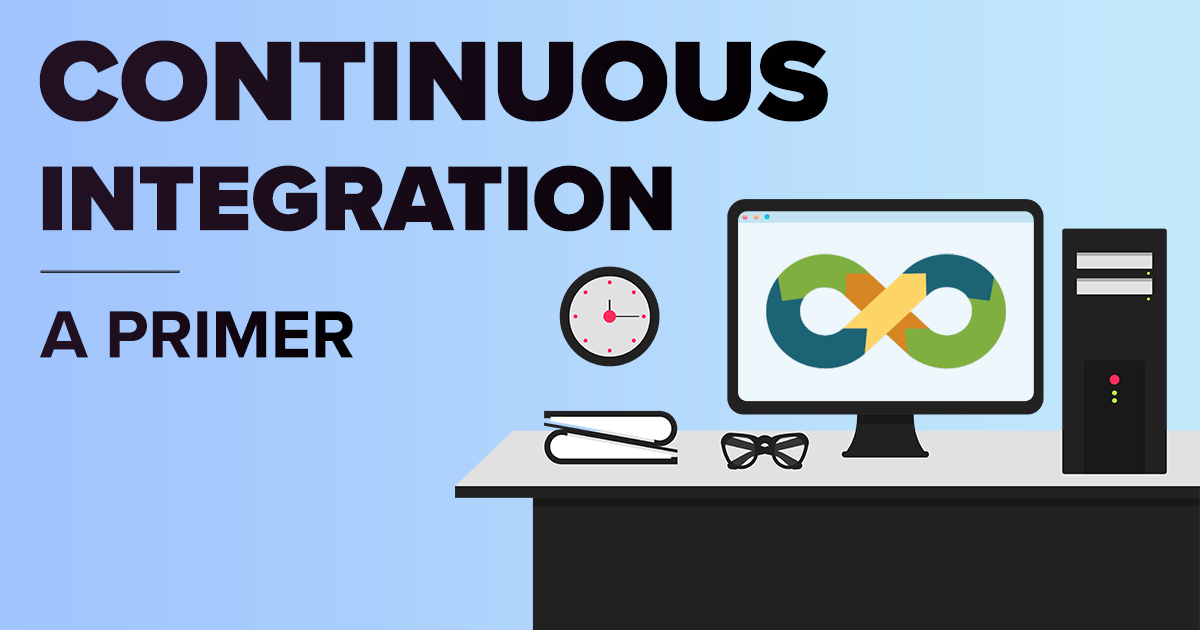Are you building a SaaS application?
December 30, 2020 12:20 pm | by Ramgopal Lamrod | Posted in Tech
The need for ease in doing business gave birth to SaaS (software as a service) as a mode of delivery. Accessibility, reliability, scalability, security, and cost-friendliness are some of the many reasons enterprises and end-users are moving operations to the cloud.
As of 2020, the SaaS market is almost worth $101.5 billion. The surge in demand for cloud software services motivated development companies to build and deliver SaaS applications at an impressive speed. But many companies often get into trouble and face massive financial losses as their applications fail to address the customer problems or have technical glitches that disrupt the user experience.
What is the solution? It’s simple — lessons from the people who have done it all and have experienced it first-hand. Sarvika Technologies has been at the forefront of developing cloud-based, enterprise-level solutions to solve specific business problems. Through this blog, I will share with you what things you should consider if you are building a SaaS application, and what all features a modern-day cloud application is expected to have.
Five points to remember if you are building a SaaS application.
- Start with an MVP. You must have heard of the term Minimum Viable Product (MVP); let it become your guide before you start coding a full-scale application. The SaaS market is full of multinational enterprises offering a wide range of cloud-based applications. There’s a high probability that your target audience is already being catered by one such application. Before you invest time and money, build a quick and low-cost MVP, and check whether there is a market for your idea.
- Take the help of open-source codes. Every SaaS application has some core and non-core features. Core features are the one that distinguishes your application from other applications in the market. You should spend most of your time and money innovating and perfecting those core features. Non-core features are common to most of the applications and instead of wasting efforts on coding them, take the help of open-source codes available on the internet.
- It is imperative to define processes. Your job will hardly be over once the software hits the market because building a SaaS application is a never-ending process. As soon users will start using your product, bugs and a hundred other problems will come to light.
(Source: Dribble)
To deal with the mess and keep the application running smoothly to avoid ruining the customer experience, you need to define a delivery process/pipeline. It will help you fix bugs and release updated versions of the application without affecting the current system.
- Study the way your customers are interacting with the application. High customer satisfaction is crucial to the success of your application. Therefore, it is necessary to analyze the way end users are using it. This process will help you in releasing new features that match customers’ expectations. How to keep track? The market is filled with free and premium analytics tools that can track the user’s journey and offer deep insights.
- Focus on features for the future. Building a SaaS application with features that are considered as a prerequisite in today’s time, is not sufficient anymore. If you want your application to grow substantially, then it must launch features that offer sizable gains to the end-users. To roll-out future-ready features, you need to have a forward-thinking point of view. Ask yourself questions like where the market is heading, what new technologies are making waves in the market, how the solution your application provides fits within it, etc.
Some features that every modern-day SaaS application must-have.
- Easy integration to enable the exchange of data, and to prevent the creation of information silos within the organization.
- Easy to use. The end users are not technical specialists. They are day-to-day users who want a solution to their problem and not another complex application to run.
- Reporting and analytics to generate a variety of reports to help the business managers and leaders in their decision making.
- Attractive user interface. Replace traditional themes and design with a modern look that positively stimulates the mind. Example pie charts, graphs for reports instead of data in plain numerical figures.
- Single sign-on. To eliminate the need to remember multiple login credentials, which is cumbersome and can adversely impact the customer experience.
- Microservices. Technically it is not a must-have feature, as introducing loosely-coupled-applications architecture is subject to various other factors. If it is suitable for your business and client’s needs, then it will help you save a lot of money and boost the development process. Both of which are crucial to gain a competitive edge in the market.
What do you think?
These were some lessons I learned during my journey as a software developer. But as always, experience and learning in a dev’s life are influenced by other factors like the language, software type, client’s need, type of industry, etc. I am looking forward to learning from your experience. Share your story and views on the blog with me at hello@sarvika.com.
Written by Ramgopal Lamrod
Always put your client first, this is the mantra of our senior application developer Ramgopal. He’s one of the three-member team that started Sarvika Technologies and is responsible for building the complete eCommerce enterprise and managing multiple stores for the first client. A serious coder with a dash of naughtiness, Ramgopal carries more than six years of development experience and has a graduate degree in Computer Science. Off work, he enjoys gardening and taking up charity work to help the less privileged.





